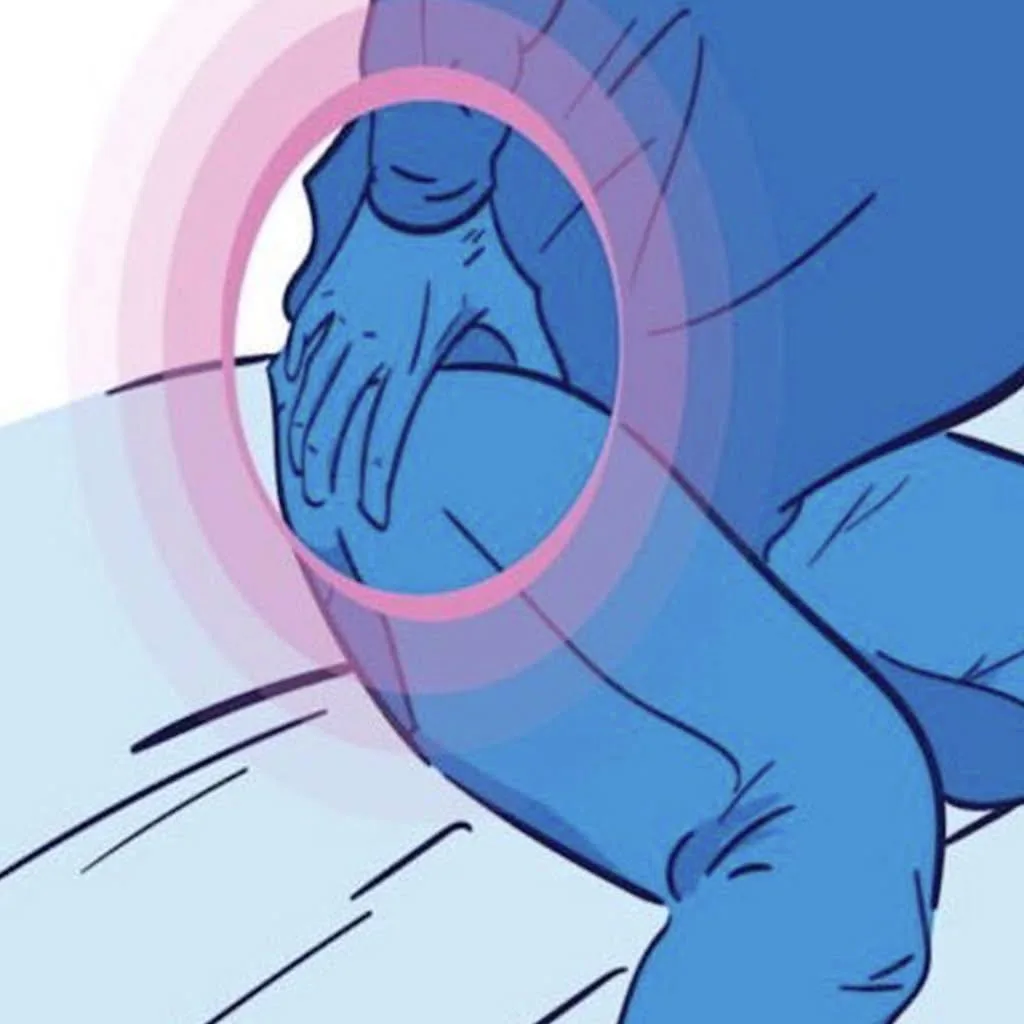Warning signs: when to be careful
Don’t ignore these symptoms—they don’t just come on:
• Morning stiffness that goes away after moving around.
• Pain in the groin or thigh that gets worse when walking or standing.
• A clicking or “sandy” feeling in the joint.
• Pain that radiates to the knee.
• Sudden weakness in the leg and loss of balance.
• Nighttime pain and discomfort when changing positions during sleep.
⸻
What should we do if the joint is already “creaking”?
1️⃣Don’t put off seeing a doctor.
Early diagnosis is important. If treatment is started early, it can slow down the wear and tear on the joint and postpone major surgery for years.
2️⃣Help your hip
• Reduce the load. If you are overweight, start by reducing it. Just 3–5 kg less significantly relieves the joint.
• Move properly. Forget about jumping, long-distance running and weight lifting. Swimming, cycling, light walking on flat paths are suitable.
• Strengthen your muscles. A physiotherapist will help you with exercises that stabilize the joint and relieve pain.
3️⃣Relieve pain under medical supervision
Self-medication is not a good friend to the joints. The choice of painkillers and anti-inflammatory medications should be made by a specialist.
⸻
When should we think about prosthetics?
If the pain becomes chronic and does not subside even after rest, there comes a point when medication and exercise no longer help. Modern medicine offers a solution – arthroplasty.
This is a replacement of the worn joint with an artificial one that replicates the shape and function of the natural one. Most patients return to an active life and forget about the pain for years.
